You wake up with the classic signs of a flu: blocked nose, scratchy throat, the chills, and brain fog. But with project deadlines looming overhead, you drag yourself to the office instead of taking an MC. And tomorrow, you’ll do the same again.
Where chronic absenteeism used to be one of the top concerns in the workplace, presenteeism, when employees report to work despite being under the weather, or struggling to cope with mental or emotional issues, has started becoming more of a noticeable problem in recent years.
Singaporeans clock some of the longest working hours in the world – In 2017, we worked an average of 45 hours per week.
And while some may take it as a positive sign that we’re among the most hardworking people around, is that really something worth giving ourselves a pat on the back for?
Other stories you might like

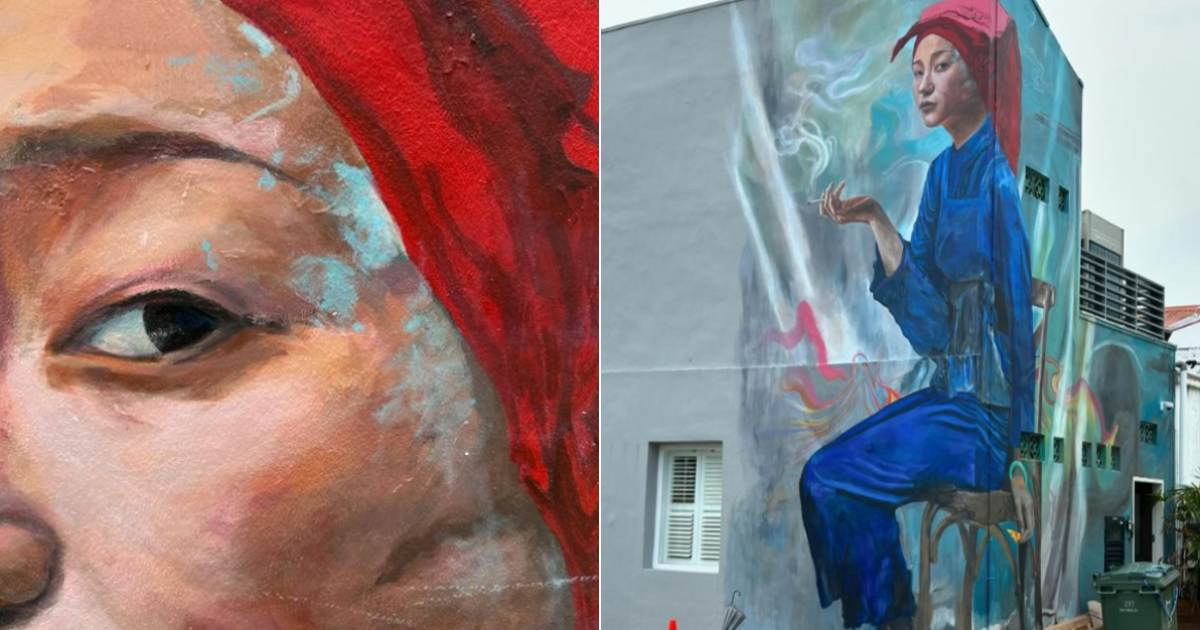


Not really, said David Ang, director of Corporate Services at Human Capital (Singapore).
“A lot of people have the idea that you need to be physically present at work to be seen as contributing to the company’s growth. But being present at your desk for the requisite number of working hours doesn’t necessarily mean you’re doing something productive.”
Presenteeism is the new normal
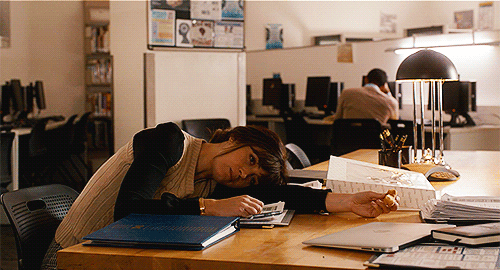
The human resources veteran of 40 years feels that the notion of presenteeism could be a cultural tendency – especially manifest in Asian countries like Singapore, Hong Kong, and Japan – where you’re sometimes encouraged to develop a sense of affiliation with your workmates.
In this case, employees may feel like they need to constantly make their presence felt, literally – whether it’s a reluctance to leave the office before their bosses even if they’re done for the day, or simply because they feel compelled to stay on since the rest of their colleagues are still firmly planted in their seats.
Besides, compared to rampant absenteeism, isn’t it better to observe occupied desks across the office, a sure sign that talent is being successfully retained, and folks are happy and willing to come to work every day?
Not if they’re just ‘showing face’

Unlike absenteeism, whose negative effects are more well-publicised, the hidden cost of presenteeism isn’t as apparent.
Public affairs manager Doris* makes it a point to remain at work until her boss has left for the day, and never takes more than three days of leave at any time.
“The nature of my job is such that there are always ongoing projects. I don’t want to be a burden to my team and leave them to shoulder everything, nor do I want to be labelled an MC queen. So, even if I’m sick or utterly exhausted, I suck it up and muddle through. If I really can’t make it to the office, then I’ll work from home. Even then, I’m always online in case my bosses and colleagues need me.”
Doris isn’t alone in feeling the weight of undue guilt about not being present at work.
The results of an unofficial poll I conducted among my friends revealed that feeling paiseh to take an MC or to go on leave is a common sentiment, particularly during a labour crunch, appraisal periods, and when facing deadlines.
Project manager Jane* said: “I don’t want to be sidelined from important projects because I happen to be away or on MC. I know it’s an unreasonable expectation I place on myself, but I can’t help it. I’m concerned that not having had the opportunity to show what I’m capable of will affect my performance review.”
Yet despite your best intentions, showing up for work when you’re ill, fatigued, or even psychologically stressed isn’t helping anyone at all. Though physically present, you wouldn’t be able to concentrate or function at a 100 per cent, which will prevent you from actually being productive.
Presenteeism doesn’t pay
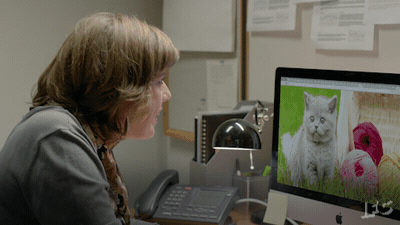
In fact, it could be an even costlier problem over time than absenteeism, said Ang, who added that it doesn’t make sense for employees to be present for the sake of being present.
And while there will be times when you need to work overtime to deal with pressing timelines, these should be an exception, and not a norm.
“Aside from reduced productivity, presenteeism also increases workplace stress, lowers office spirit, and sets up the spread of diseases within an enclosed space. You would be a much more gracious and responsible worker if you take the time you need to recover quickly and be back at work where you can contribute more effectively to the team,” advised Ang.
So, how can we create a more positive working environment to help alleviate presenteeism?
A happy office is a productive one

Many people may not associate happiness with work, but it isn’t impossible to achieve. And according to Ang, employers can start the ball rolling by engaging in frank discussions with their staff about company values in an effort to abolish false expectations of presenteeism.
“This not only assures workers that their contributions are not measured by them showing face, but also helps foster reciprocal trust and accountability among the team,” he said.
Keeping an open mind to your employees’ needs and offering flexible working arrangements to those who require it will also go a long way towards boosting staff morale and welfare. It may seem obvious, but studies have consistently shown that happy, satisfied employees are more motivated and efficient, not to mention loyal.
For instance, when helping new mums return to the workforce, supervisors have to understand that there may be moments when they need to take time off to care for their children.
Ang said: “It’s stressful enough being a mum who’s juggling a career and home life. Insisting on their presence at work at all times, or penalising them for their absence, will only add unnecessary pressure on them, and reduce their personal and overall productivity.”
Allowing for flexi-hours, work-from-home days, or redesigning the workflow will help these employees to better integrate their work and personal life, giving them a peace of mind so that they can focus on both.
Work-life balance is outdated
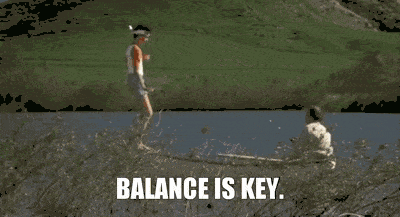
The better approach, offered Ang, is to think of it in terms of work-life integration.
He explained: “The term ‘work-life balance’ itself implies that you need to find an effective balance to make things work, that there is a tradeoff for one or the other. But ironically, that is the stumbling block for most people because if they fail to negotiate that balance or struggle to keep to it, it derails everything they’ve worked towards.”
And though this may seem like a quibble over terminology, it does help to re-orientate one’s thoughts regarding productivity. Thinking about it in terms of integration means blending the various elements of your life and learning to manage it holistically, as opposed to compartmentalising work and life, and balancing the disparate entities.
To illustrate his point, Ang said: “If your employee needs to be home with a sick child or parent, trust them to take the time they need and still fulfil their responsibilities. In today’s connected world, working remotely is easier than ever.
By allowing them to integrate their work and personal life, you’re helping them to be productive by taking away possible distractions, like being stuck in a traffic jam when they use their lunch break to check in at home, as well as time wasted rushing back to the office.”
Be present (as in, the state of mind)
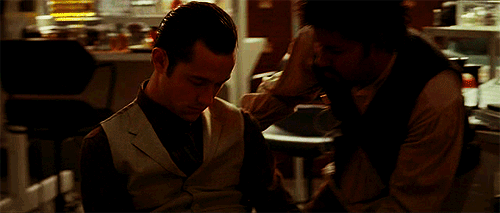
Being glued to your seat isn’t a prerequisite for productivity or being an effective team player.
To really support your workmates and demonstrate a commendable work ethic, look after your own wellbeing, and focus on rest and recovery to stay healthy and reset your mental state. That way, you’ll be present and contributing to a productive and positive workplace.
*Both interviewees declined to be identified in the story.
